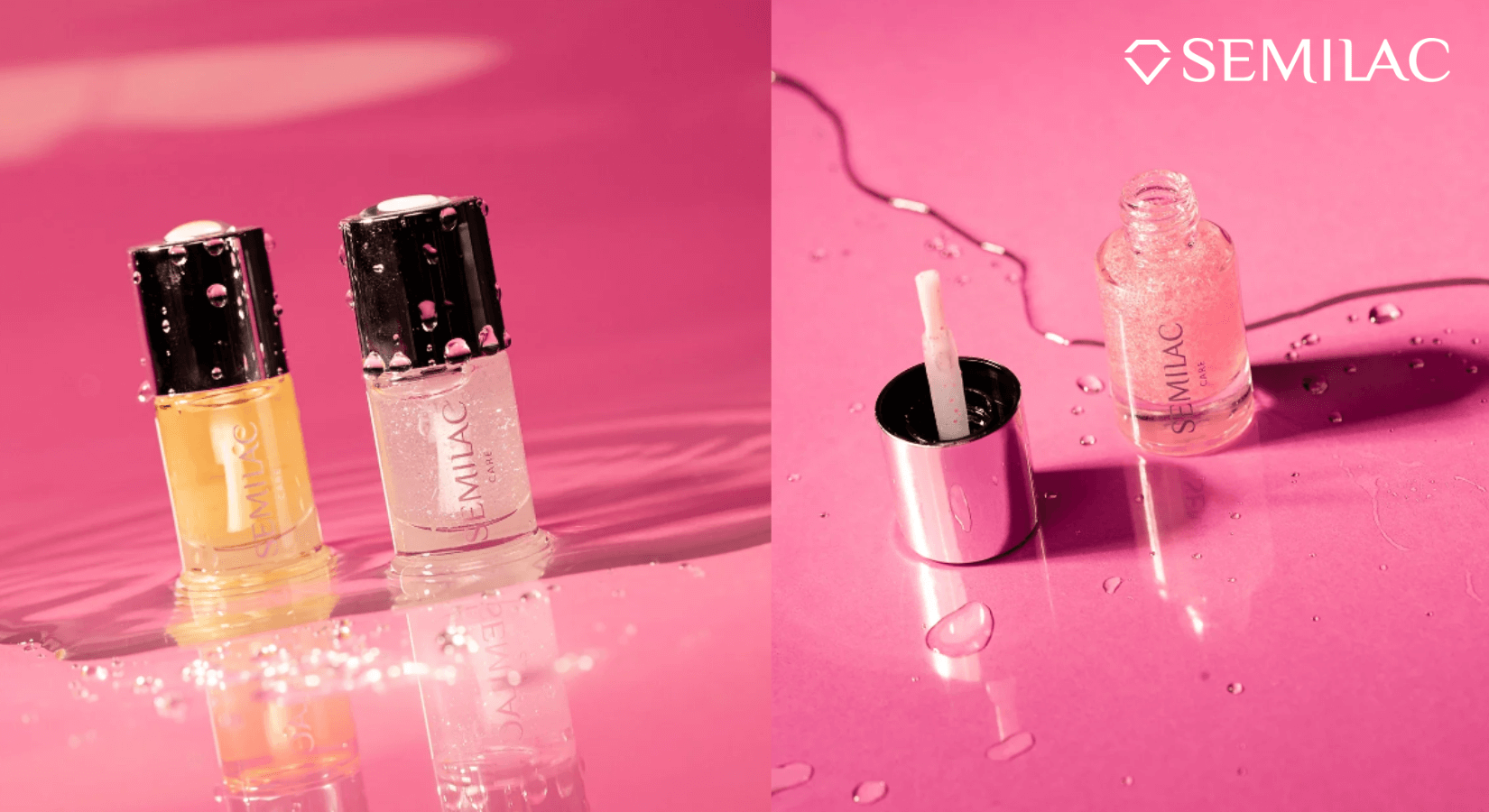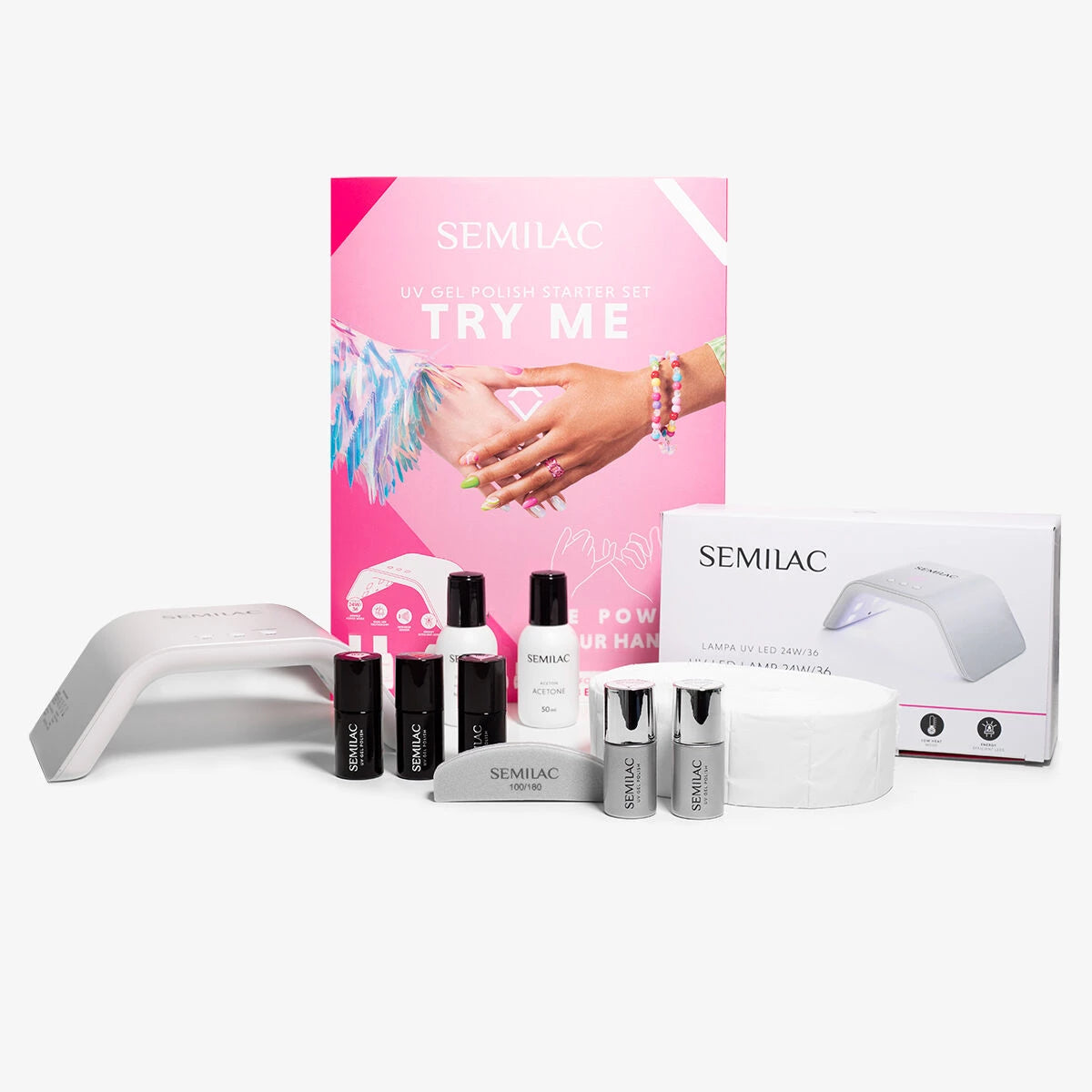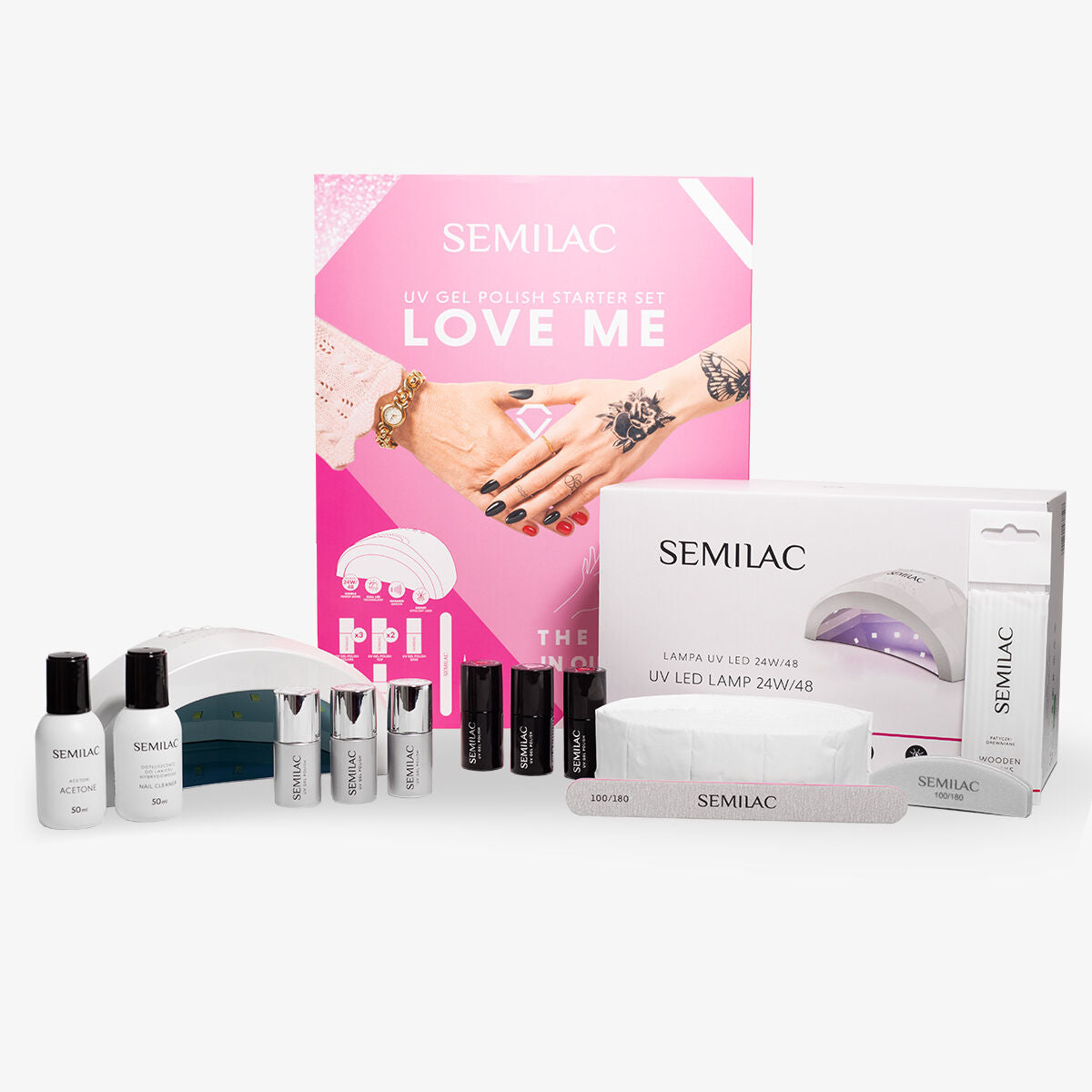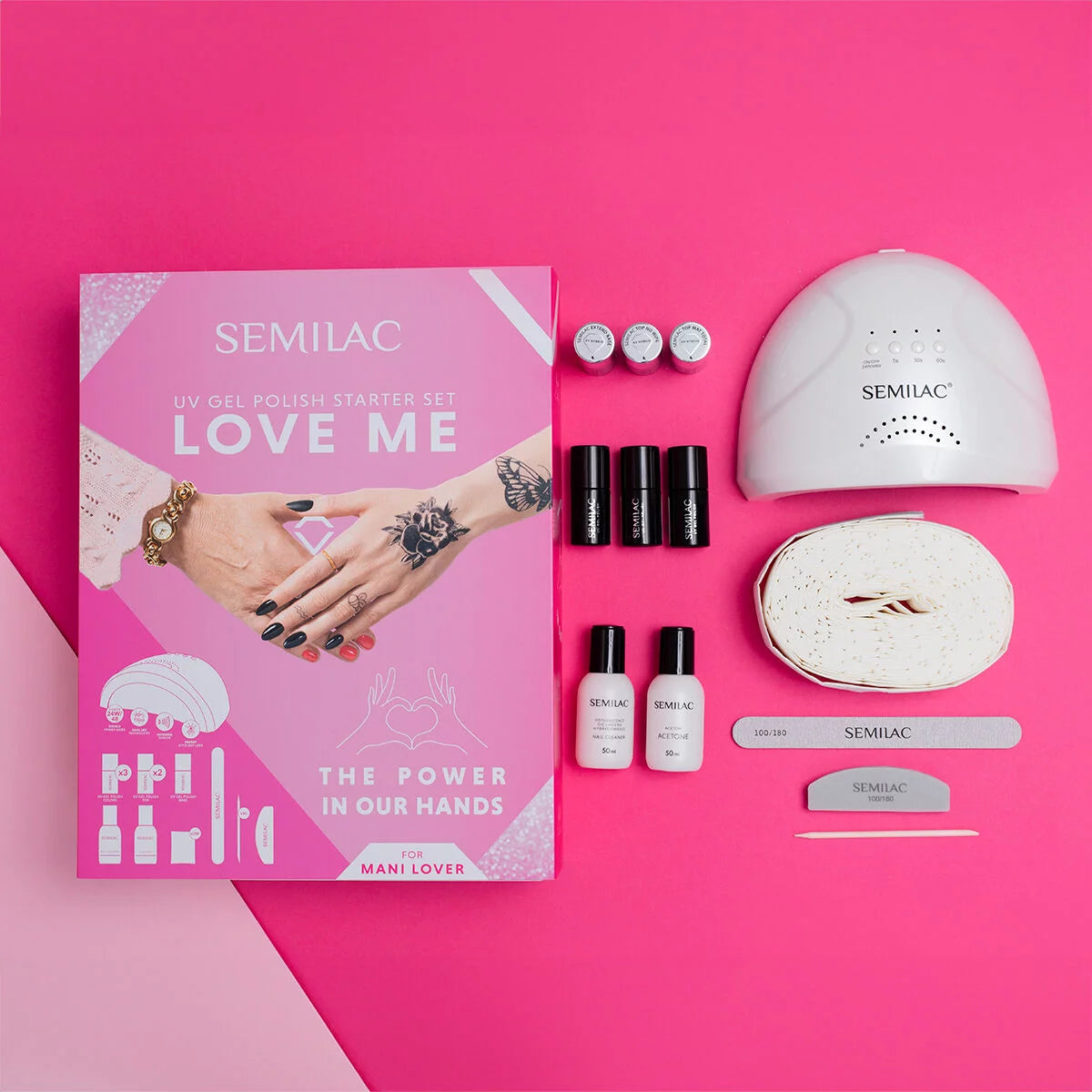Brittle and fragile nails are a common problem that can be both frustrating and unsightly. Learn about the most frequent causes, effective home care methods, and how to avoid mistakes in nail care to restore their health and strength.
Why Do Nails Break on the Sides? Causes and Solutions for Brittle Nails
Healthy, well-groomed nails are a subtle but powerful part of our appearance. Yet despite our best efforts, many of us struggle with nail brittleness and breakage - especially at the sides. Why does this happen? What can be done? Understanding the root causes of the issue is the first step to healthy, resilient nails that look great and feel strong.
Most Common Causes of Brittle, Breaking Nails
While breaking or splitting nails might not cause physical pain, they’re certainly annoying and ruin the appearance of your hands. Let’s explore the main reasons nails become brittle and break:
1. Improper Nail Care
In many cases, we are unintentionally the source of our own nail issues. Here are some of the most common mistakes:
-
Using overly coarse nail files - Files with a rough grit are great for artificial nails, but they tear and damage the natural nail plate.
-
Filing too aggressively at the sides - This is where the natural nail grows, so over-filing or narrowing too much weakens these stress points.
-
Lack of regular moisturizing - Infrequent use of hand creams and cuticle oils can lead to dryness, which causes nails to become brittle and prone to splitting.
-
No protective gloves during cleaning - Exposure to strong cleaning agents and water without gloves weakens the nail plate and contributes to breakage.
2. Poorly Constructed Nail Extensions
Brittleness isn’t exclusive to natural nails - UV gel and acrylic extensions can also break. Here's why:
-
Improper side edge construction - If the extended nail doesn’t follow the natural nail’s line, it’s more likely to crack.
-
Incorrect template placement - Misalignment leads to poor structure, which increases the risk of breaks.
-
Improper tunnel or C-curve structure - Using too little product during the shaping process can weaken the entire nail and cause cracks.

Weak or Damaged Nail Plate
If nails are already thinned, over-filed, or weakened (often from deficiencies in iron, zinc, B vitamins, or other nutrients), they’ll naturally be more vulnerable to cracking. In such cases, identifying and addressing the underlying cause is essential for strengthening nails.
How to Prevent Side Cracks and Brittle Nails
The good news? It’s possible to reverse nail brittleness with consistent care and a few mindful habits. Here’s how:
1. Practice Proper Nail Care
This is the foundation of strong nails:
-
Use a 180/240 grit file - These are ideal for natural nails. Avoid coarse files, which can cause damage.
-
Avoid filing too deeply into the sides - Trying to force a narrow or almond shape on short nails can damage side walls and cause breaks.
-
Moisturize regularly - Use hand creams and cuticle oils daily, especially if your hands are often in water or tend to dry out.
-
Wear protective gloves - During housework or dishwashing, gloves shield nails from chemicals, water, and mechanical damage.

2. Ensure Correct Nail Extension Construction
If you wear extensions, proper structure is essential to durability and safety:
What is the Apex and Why is it Important?
The apex is the highest point of the nail’s arch when viewed from the side. It reinforces the nail and prevents breakage at the stress area, the weakest point of the natural nail. Without a properly placed apex, nails are more prone to painful side breaks or lifting.
S-Line
This is the subtle curve that flows from the natural nail to the apex. A smooth, flowing S-line ensures a natural appearance and allows regrowth to look seamless. Too thin a layer can cause lifting; too thick results in unevenness.
Hairline (Margin)
The hairline is the thin gap between product and cuticle. This margin prevents lifting and allergic reactions. Never let UV gel, acrylic, or UV gel polish touch the skin - it can cause irritation and detachment.
C-Curves (Concave and Convex)
Seen from the front and underside of the free edge, C-curves are essential for strength. Like architectural arches, the more curved they are (to a point), the more pressure they can withstand.
Side Lines
Side walls are both structural and visual. For square shapes, these lines should be perfectly parallel. For almond shapes, they should taper in naturally. Any flaws - like bumps or unevenness - can weaken the structure and lead to side cracking, especially near the stress point.

Strengthening the Nail Plate
If you suspect nutrient deficiencies, get tested and consider high-quality supplements for nails and hair. Additionally:
-
Use strengthening nail treatments.
-
If issues persist, consult a dermatologist.
Summary
Side cracking and brittleness are more than cosmetic - they often signal deeper problems in nail care or health. Thankfully, small changes in technique and routine can make a world of difference. Follow these steps and enjoy strong, beautiful nails that resist breaking.
FAQ - Common Questions About Brittle Nails
1. Why do nails break on the sides?
The most common reasons are poor nail care (e.g., using rough files, over-filing the sides, lack of moisture), improper extension techniques, or nutritional deficiencies.
2. How do I care for brittle nails properly?
Use 180/240 grit files, avoid aggressive filing, moisturize daily, and wear protective gloves for chores. Also ensure a balanced diet and consider supplements if needed.
3. How do I prevent nail extensions from breaking?
Use proper technique: place templates correctly, build a strong apex and tunnel, and shape side lines accurately. Well-constructed extensions are both beautiful and durable.









